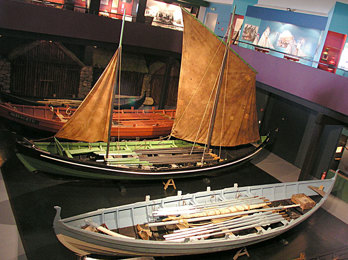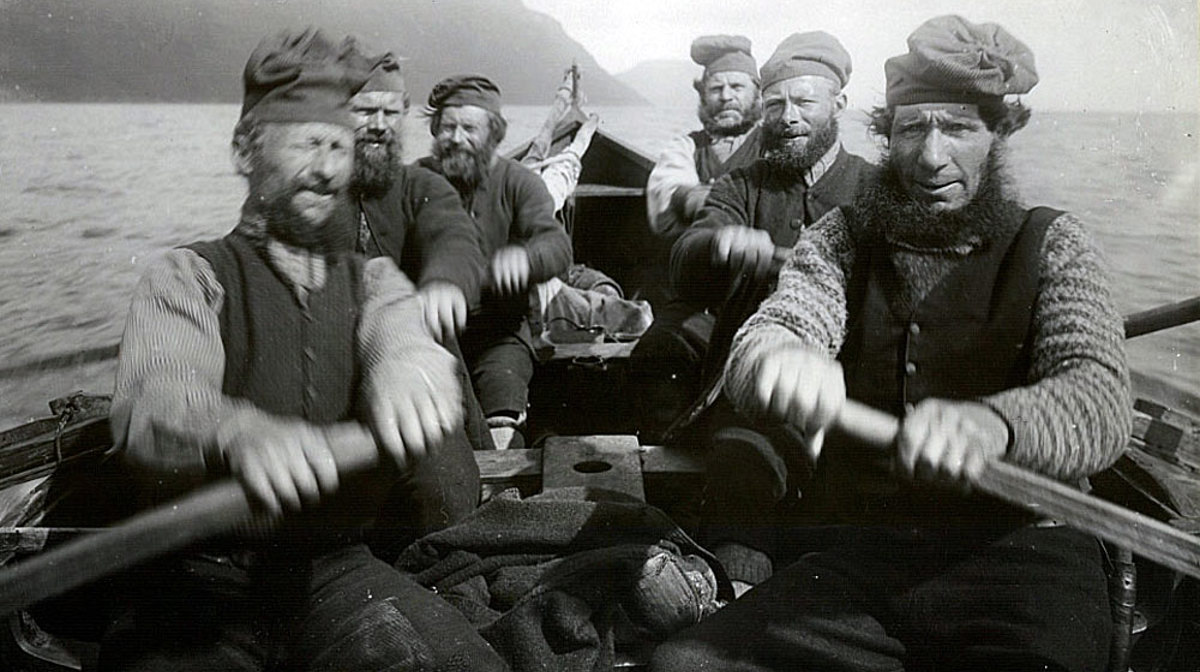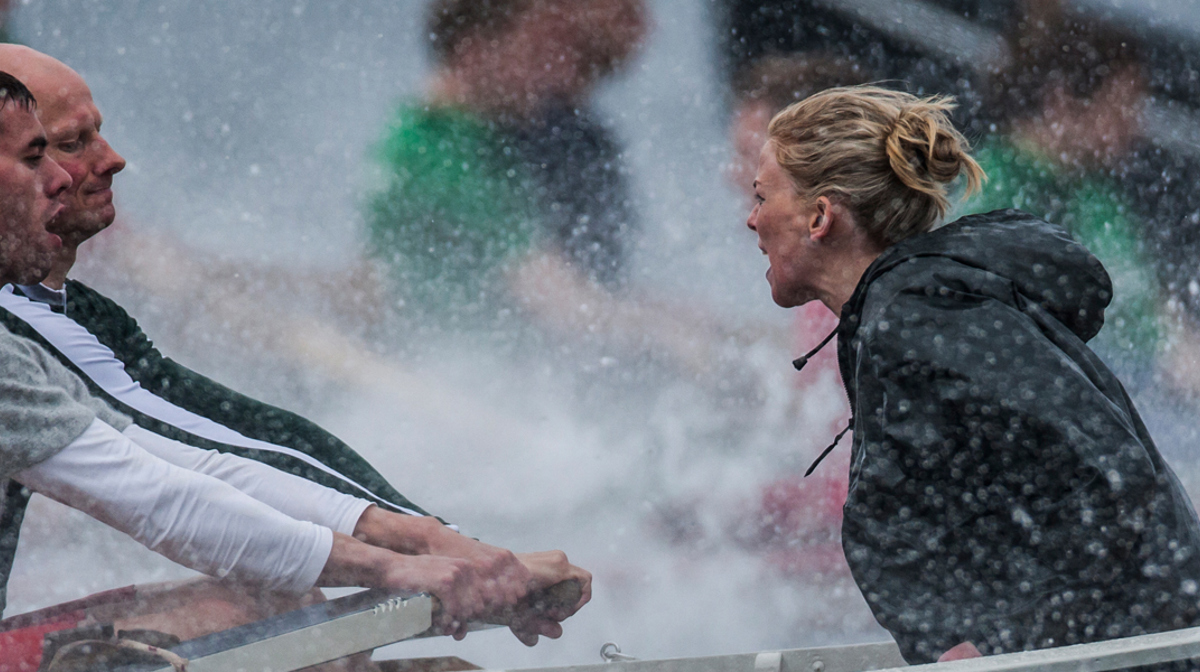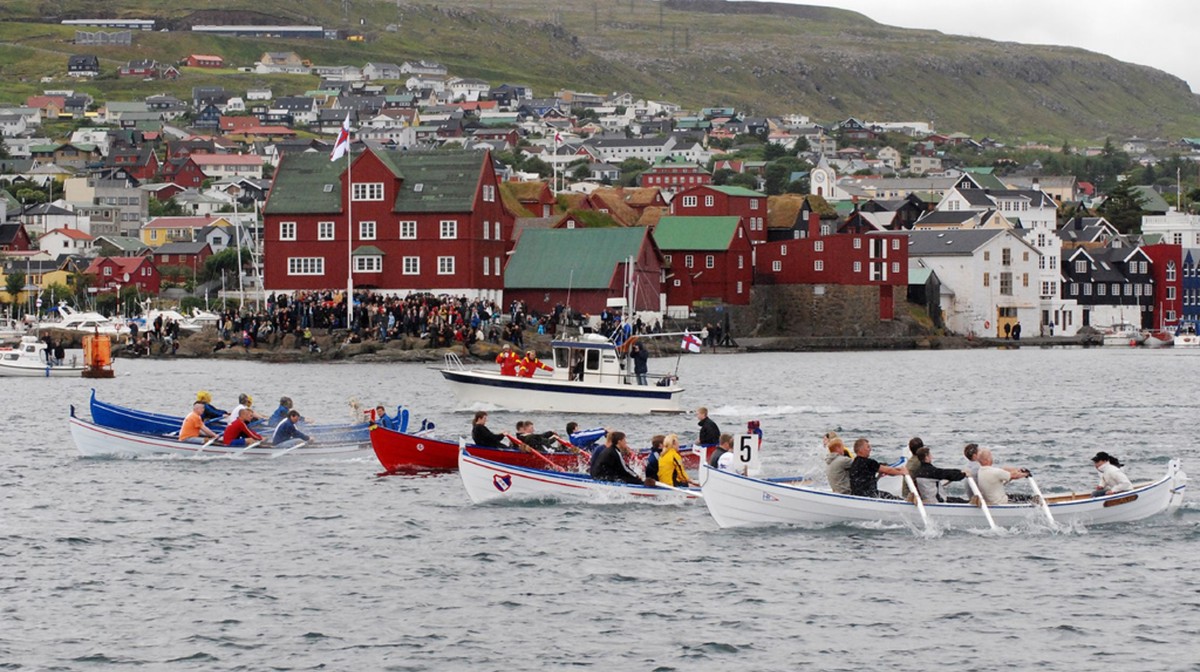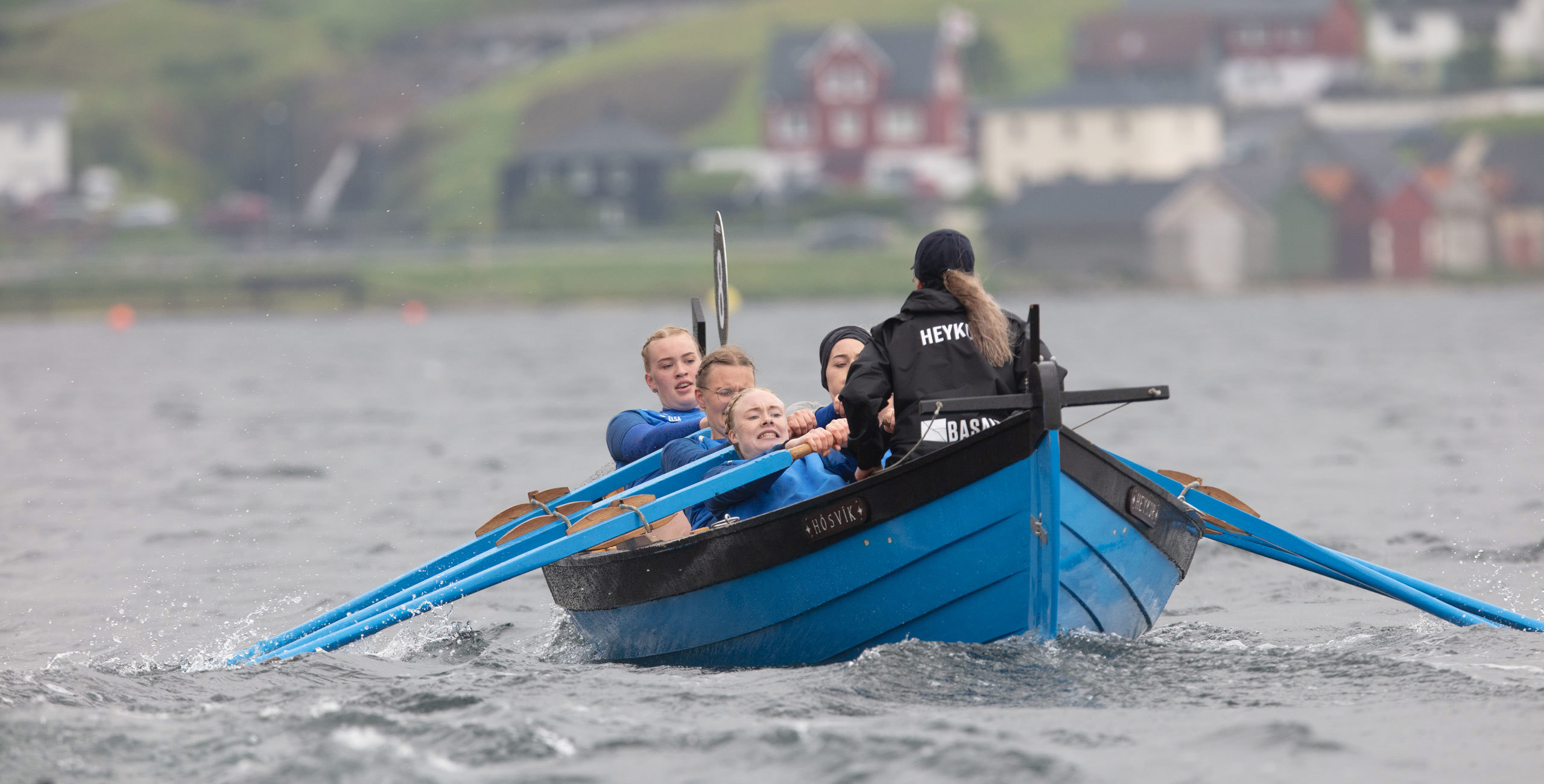
The Faroese clinker boat is an important part of Faroese culture and tradition and dates back to approximately the mid-1600s.
People in the Nordic region, including the Faroe Islands, have built clinker boats for many centuries, constantly adapting the design of the boats and techniques used.
Clinker boat builders all over the region use the same basic techniques: relatively thin planks are fastened to a backbone of keel and stems; the overlapping planks are fastened together with metal rivets, treenails, or lashings. The shell of the boat is stabilized and strengthened by frames. Finally, the boats are protected with varnish or other traditional products such as pine tar and linseed oil. Knowledge about the maintenance of the clinker boats is an important aspect of the element.
Today, as in the past, the shape of the boat is governed by key measurements, the builder’s eye and the boat’s planned use. Consequently, most clinker boats produced nowadays are open and small, between 5 and 10 metres long.
In the Faroe Islands, the clinker boat is mainly used in boatraces. Rowing is the national sport of the Faroe Islands. The risk of losing the knowledge and skill used in boat building is increased as a result of a reduction in the number of boat builders on the islands.
Clinker boat builders emphasise the long time it takes to acquire the knowledge and skills for building traditional boats. In the past, fathers would spend years teaching their sons how to build and use clinker boats. The constantly evolving knowledge and skills of this intangible cultural heritage has been transmitted in this way for many centuries.
Social and cultural importance
Large sections of the Faroese population identify with clinker boat related traditions. Socially and culturally, the boat connects young and old people in local communities, thus contributing to their sense of identity and continuity.
In the past, clinker boats were the very lifeblood of communities. They were used not only for fishing, both in the fjords and off shore, but also for transporting material and people: for instance, grain over the fjord to the mill, fish to towns, worshippers and wedding-goers to churches and for funerals.
Today, private organisations and voluntary associations build, restore, maintain and sail clinker boats and promote their use.
Tjóðsavnið, the National Museum of the Faroe Islands, and local museums maintain substantial collections of clinker boats and documentation. Individuals and traditional boat organisations in regattas and local celebrations, where young people learn to use clinker boats. Growing numbers of women, men and children participate in the national rowing league organized by "Róðrarsamband Føroya" (Faroese Rowing Association). Competions are followed by thousands of people and broadcast on national radio. The sporting highlight takes place during Ólavsøka, an annual national day of celebration, when thousands attend the races held in Tórshavn, the captital, in late July.
The clinker boat included on the UNESCO Cultural Heritage List
The Faroe Islands are an Associate Member of the United Nations Educational, Scientific and Cultural Organization (UNESCO).
In 2021, the Faroese clinker boat was included on UNESCO’s Representative List of the Intangible Cultural Heritage of Humanity. The Faroe Islands were part of the multinational nomination for the Nordic clinker boat tradition.
